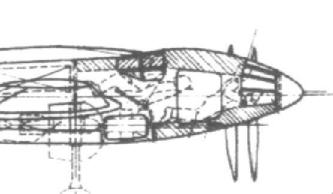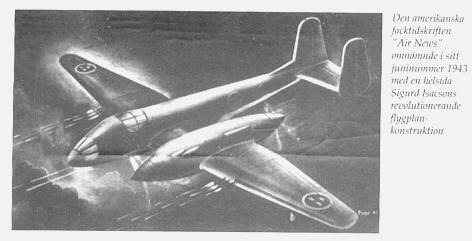


|
The article on this project was published in the Russian TsAGI Bulletin #26 (269) by well known Russian aviation historian V.Bakursky. The project is dated July 1944. It was designed as a two-seat zerstoerer/long range fighter/bomber powered with two tandem mounted engines (presumably DB 613, 3,900hp). Unfortunately the correct "P" number of this project is still unknown... |
| Type: Zerstoerer / Fernjaeger / Bomber
Engine: Dimensions: Length: Weight: |
Performance: Maximum Speed: 770kph Range: Armament: |


|
|
This follow-up is written by Mr. Lars Sundin of Sweden:
|


|
 me anytime!
me anytime! PREV.: BV.237
PREV.: BV.237  NEXT: BV.P.111
NEXT: BV.P.111
